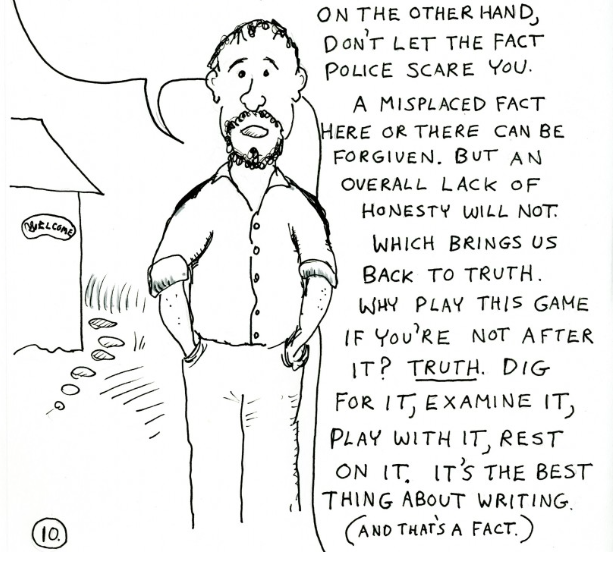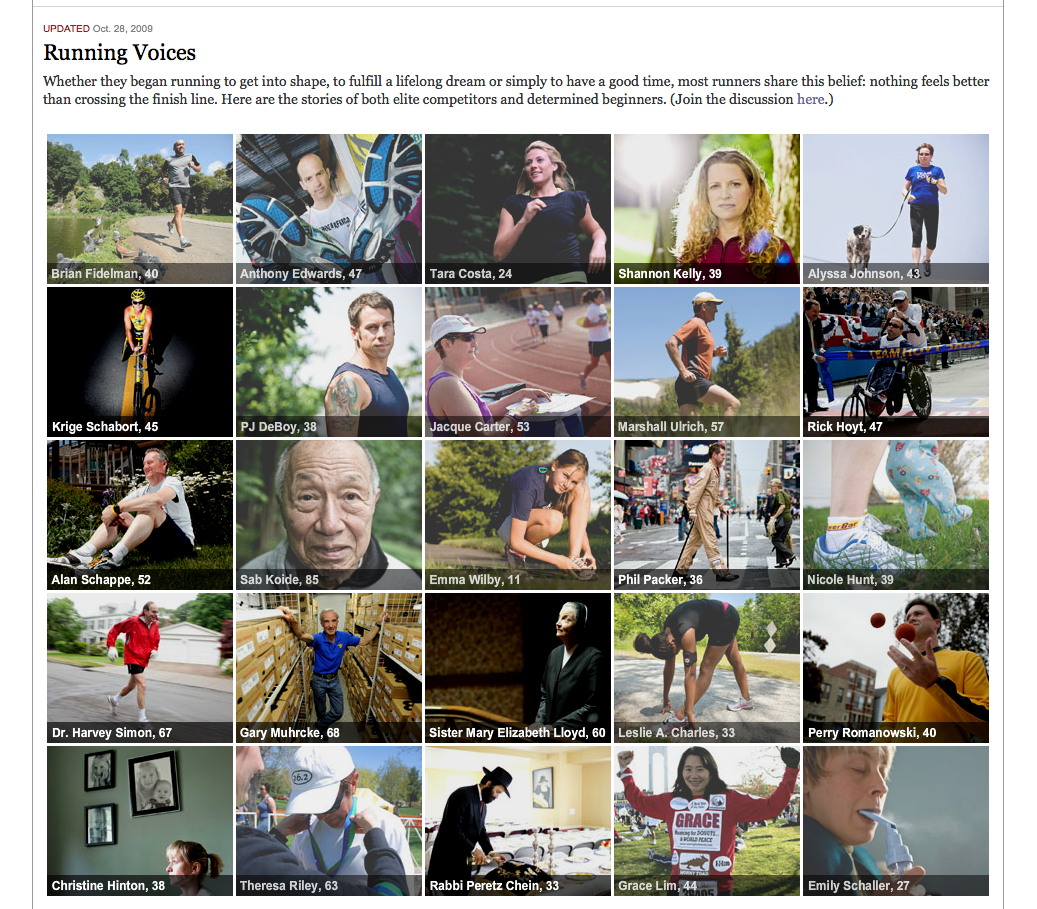In my preliminary research on “my running story” (which was hurriedly done and involved googling “my running story” and clicking through only about 2 or 3 pages), I archived a short list of narratives by runners about their experiences racing, training and finding a passion for running. As I began reading through these stories yesterday, I was struck by the similarities between many of them:
- They usually start, “I was never an athlete” or “I always hated running”.
- They often focus on running times and include PRs (or PBs).
- They frequently describe a setback or two, usually involving an injury, but end with a triumphant return to running or a readjustment of expectations.
- And, they are all white women (except one white man).
This morning, I decided to do a little more research. Instead of focusing just on “my running story,” I searched for running and blogging. Quite quickly, I found Black Girls Run!
Here’s their mission and vision:
Mission: The mission of Black Girls RUN! is to encourage African-American women to make fitness and healthy living a priority.
Vision: We aspire to take a comprehensive and creative approach to improve the health statistics of women of color.
Black Girls Run!
Then I found an article about the Kwe Pack, a group of women runners who live on the Fond du Lac Indian Reservation: They Run: Kwe Pac, Fond du Lac Reservation, Minnesota. This brief article offers excerpts from Kwe Pack members and their experiences running, including:
I have been running for years. My foster parents put me in track when I was in the 7th grade and I ran until throughout high school. I returned to running in my twenties because I was losing a battle with severe depression and an eating disorder.
Even though I have been running for years before running with the Kwe Pack, I wouldn’t be the person or runner that I am without their support and friendship. I love this group and love that it is growing. I enjoy and own my position in this group as one of the most experienced runners and I provide the group with tips and information on fuel, hydration, gear, training, racing and weather.
Before running with this group I did 5k’s, half marathons (both road and trail). From the friendship and support of this group I completed my first marathon in 2012 and completed my first Ultra marathon 50k in October 2014. I have my most aggressive race schedule in 2015, which consists of Superior 25k, Ragnar-Chicago, Grandma’s Marathon, Gene Curnow Trail Marathon, Superior 50, Twin Cities Marathon and Wild Duluth 50K.
Janelle Zuech
Now, both of these stories center on groups of runners and not just individuals, so maybe I shouldn’t attempt to compare them to the “my running story” stories. But I want to put all these stories next to each other to see a wider range of ways in which runners express their passion for running. And I want to keep looking for more narratives about women running.

